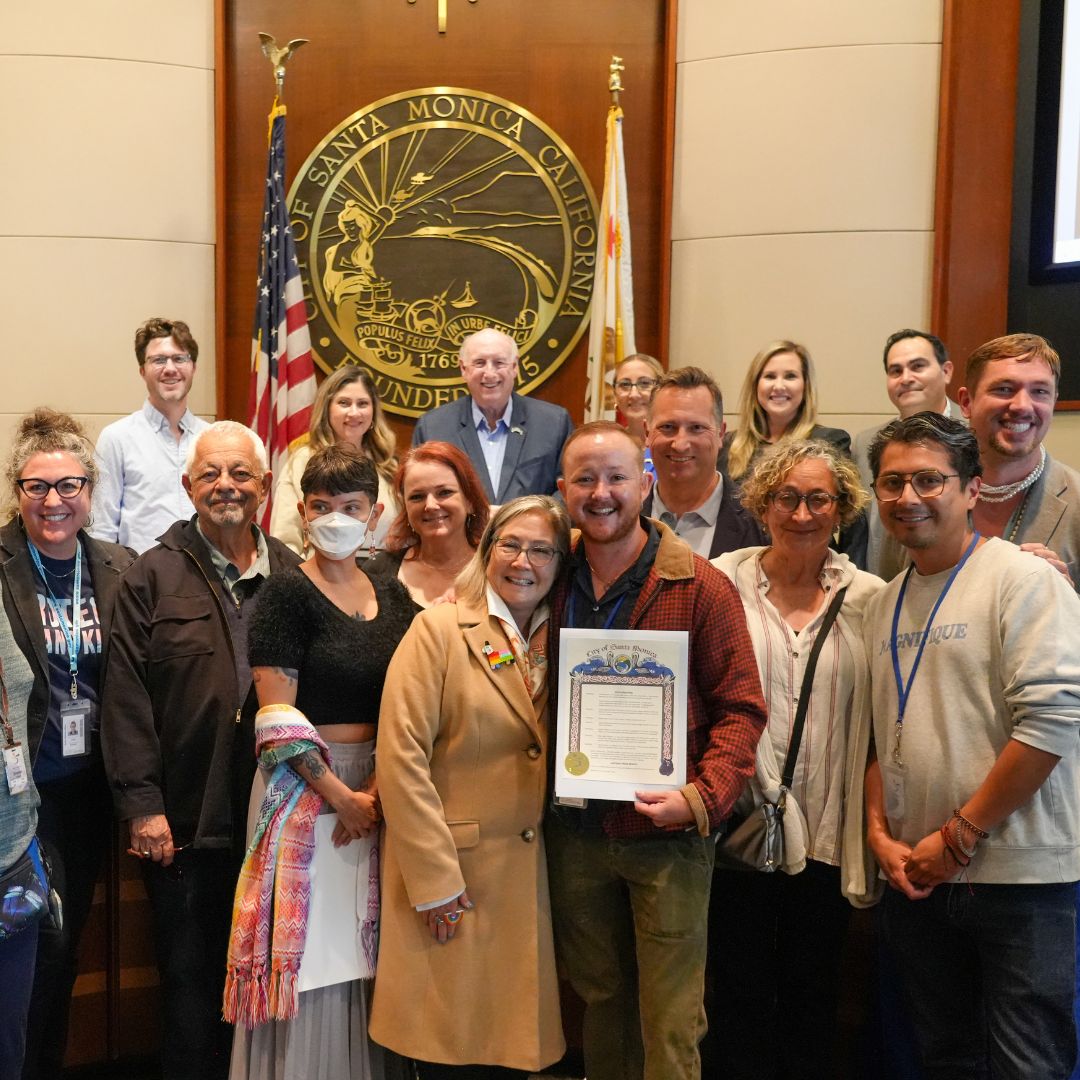
Living in a city has its perks, but it can be a real headache when the folks running the show don’t seem to care about what matters to us. One of the biggest challenges is city staff having different priorities and ideas than we do. This disconnect can make city life feel like an uphill battle.
Why Our Priorities Clash
City staff and voters often see things differently. City staff—those planners and bureaucrats—focus on long-term goals and keeping the machine running smoothly. They make decisions based on expertise and a need for stability.
We, voters and residents, care about the here and now. Our concerns come from our daily lives, economic conditions, and political promises. While city staff might dream about future infrastructure, we’re worried about the potholes on our streets today or the lack of parking spots in our neighborhoods.
This is where the friction starts. City staff push for projects they believe will benefit the city in the long run. But we want immediate fixes— solutions that make our lives easier right now, and more aligned with our desires for the city.
When Ideology Enters the Picture
Things get even trickier when city staff have their own ideological agenda. Sometimes, they push policies based on personal beliefs rather than what the community may want. For example, they might prioritize green initiatives like bike lanes, even if most of us rely on cars and are more concerned about traffic jams. Or, they might focus on building affordable housing to promote social equity, while we worry about increased congestion, pollution, and traffic in our neighborhoods.
The Impact on Getting Things Done
When voters and city staff don’t see eye to eye, it can stall progress. City staff, driven by their expertise and sometimes their ideology, might champion certain projects. But if these projects don’t match our priorities, elected officials might block them to keep us happy, or might go along with them believing there are no alternatives.
For instance, if city staff are all about environmental sustainability, they might push for policies that, intentionally or not, limit certain businesses or developments, and especially smaller mom-and-pop businesses. While these might be seen as having benefits in the long run, they could also choke economic growth and local job opportunities, which are immediate concerns for us. Elected officials, wanting to keep us content, might hesitate to support these initiatives, or, alternatively, following staff directions, might support them believing that there’s a payoff for the city in the long term.
Bridging the Gap Through Effective Involvement
So, how do we bridge the gap when city staff and voters have different priorities, especially with ideology in the mix? The secret sauce is involving us effectively in decision-making. Here’s how:
- Clear Communication: We need city staff to be open and honest about their plans. Regular updates on decisions and long-term benefits help us understand their vision and build trust.
- Respectful Involvement: It’s crucial for city staff to genuinely involve us in the decision-making process and respect our wishes. Tools like participatory budgeting, public consultations, and community workshops should be real opportunities for us to influence decisions, not just formalities.
- Education and Advocacy: We need to know the ins and outs of city management and why long-term planning matters. City staff should use local media, social platforms, and community events to explain their agendas and benefits. They should also be upfront about their ideological motivations and how their policies aim to benefit us all, if they do.
- Collaborative Leadership: Elected officials, city staff, and voters need to be teammates, not opponents. Mutual respect and understanding are key. Leadership training and team-building activities can help strengthen these relationships, as well as transparency and honesty.
- Flexibility and Compromise: City staff, voters, and elected officials need to be open to compromise. City staff should consider our immediate needs, and elected officials should appreciate expert advice on long-term decisions. City staff should also be willing to adjust their ideological goals when they clash too strongly with practical needs.
Managing a city where the staff’s agenda differs from that of the voters is tough, but not impossible. City leaders can navigate these complexities by focusing on better communication, involving us in decisions in a truly meaningful way, educating the public, fostering collaborative leadership, and being open to compromise,. The goal is to create a balanced environment where both the expertise of city staff and our democratic voice are respected. This balance is essential for the city’s sustainable development and the well-being of everyone living here. When ideological differences are openly discussed and negotiated, and when our involvement in decision-making is genuinely respected, we can find common ground that supports both the immediate and long-term needs of the community.
Daniel Jansenson, Architect, Building and Fire Life Safety Commission
Santa Monica Architects for a Responsible Tomorrow
Dan Jansenson, Architect & Building and Fire-Life Safety Commission; Robert H. Taylor AIA, Architect; Thane Roberts, Architect; Mario Fonda-Bonardi AIA, Architect; Samuel Tolkin Architect & Planning Commissioner; Michael Jolly, AIR-CRE; Marie Standing, Resident; Jack Hillbrand AIA, Architect













